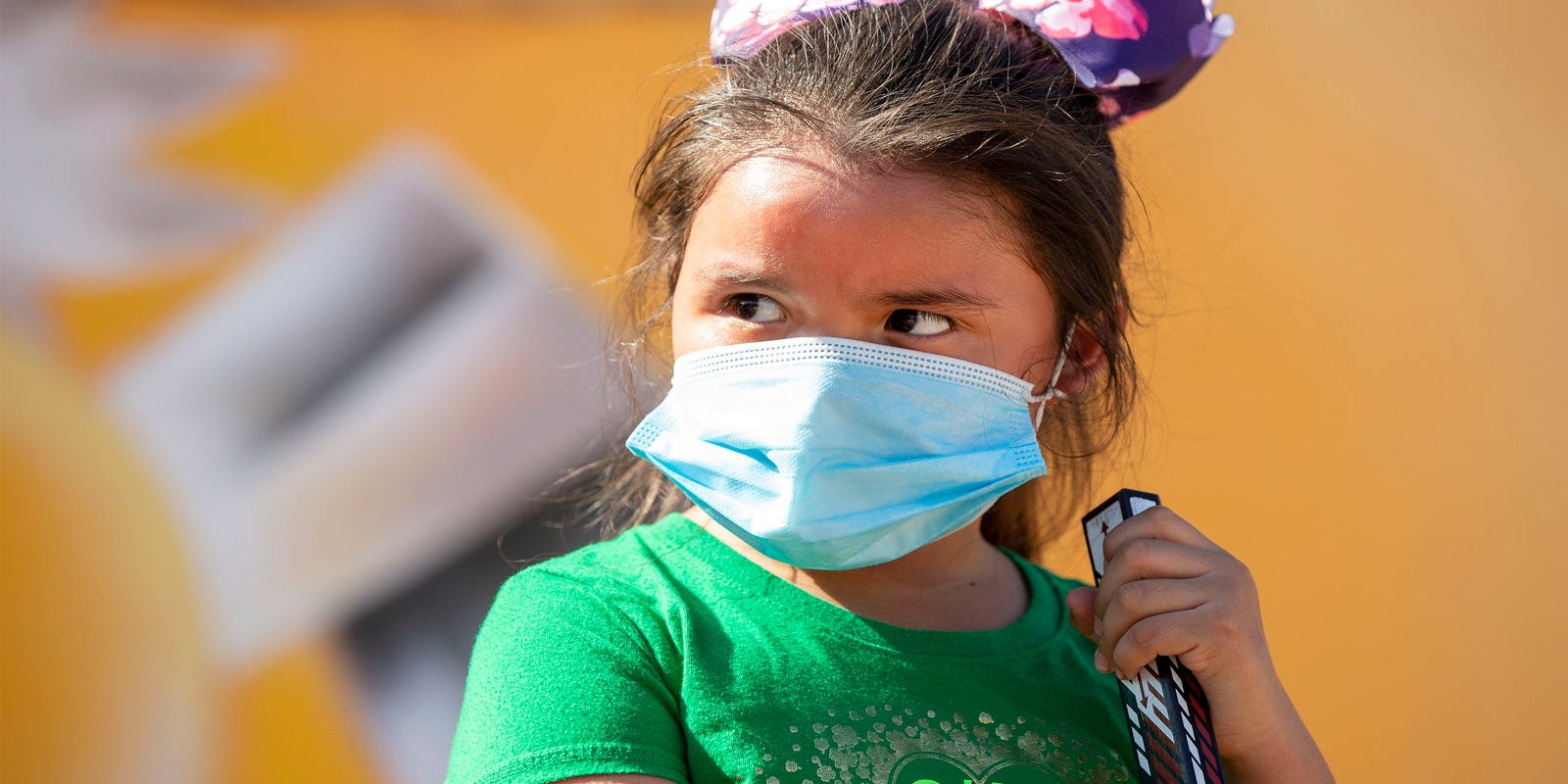Breathe Easy: Parents' Ultimate Guide to Shielding Kids from Climate's Toxic Threat

Protecting Our Children: The Urgent Fight Against Air Pollution
As parents and community members, we share a fundamental concern for our children's health and future. Air pollution isn't just an environmental issue—it's a critical threat to our youngest and most vulnerable population.
Children are uniquely susceptible to the harmful effects of polluted air. Their developing lungs, smaller bodies, and higher breathing rates make them far more vulnerable to toxic particles and harmful emissions. Research consistently shows that exposure to air pollution can lead to serious health problems, including:
• Increased risk of respiratory diseases
• Compromised lung development
• Higher rates of asthma
• Potential long-term cognitive impacts
But we aren't powerless. Community action can drive meaningful change. Here are practical steps to make a difference:
1. Engage Local Authorities
• Attend city council meetings
• Write to local representatives
• Support clean air initiatives
2. Raise Community Awareness
• Organize informational workshops
• Share scientific research
• Create school and neighborhood education programs
3. Support Environmental Policies
• Advocate for stricter emissions regulations
• Promote clean energy alternatives
• Support green transportation initiatives
Every voice matters in the fight for cleaner air and healthier children. Together, we can create a safer, more breathable future for the next generation.
